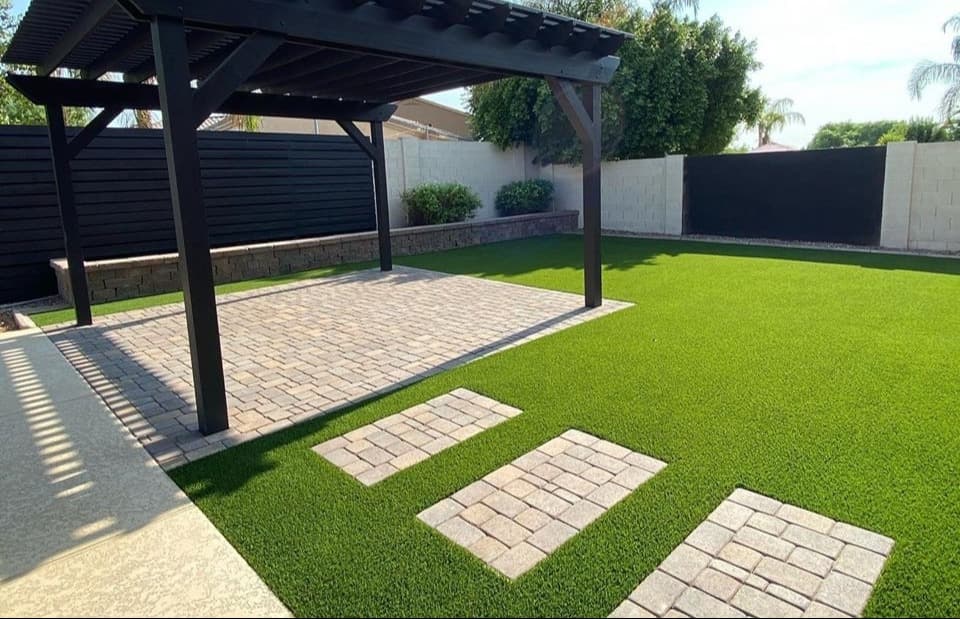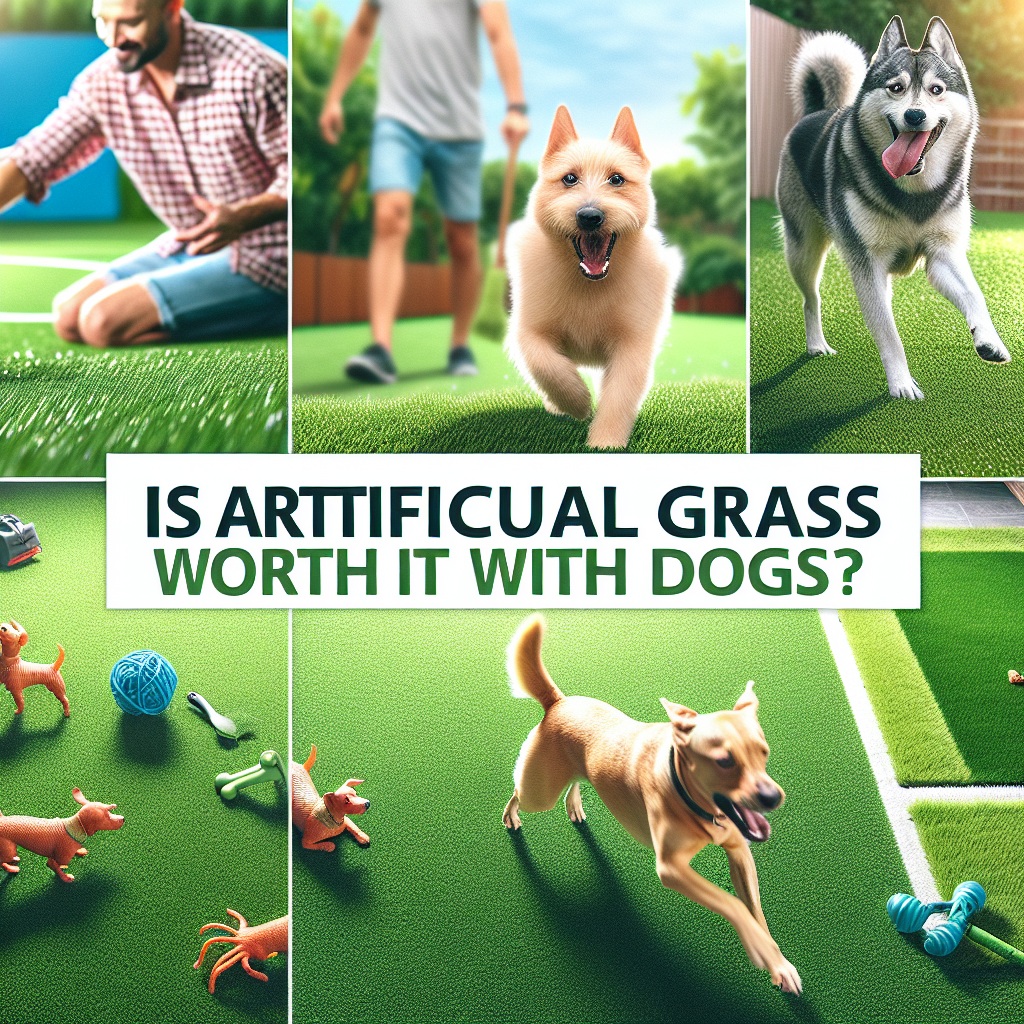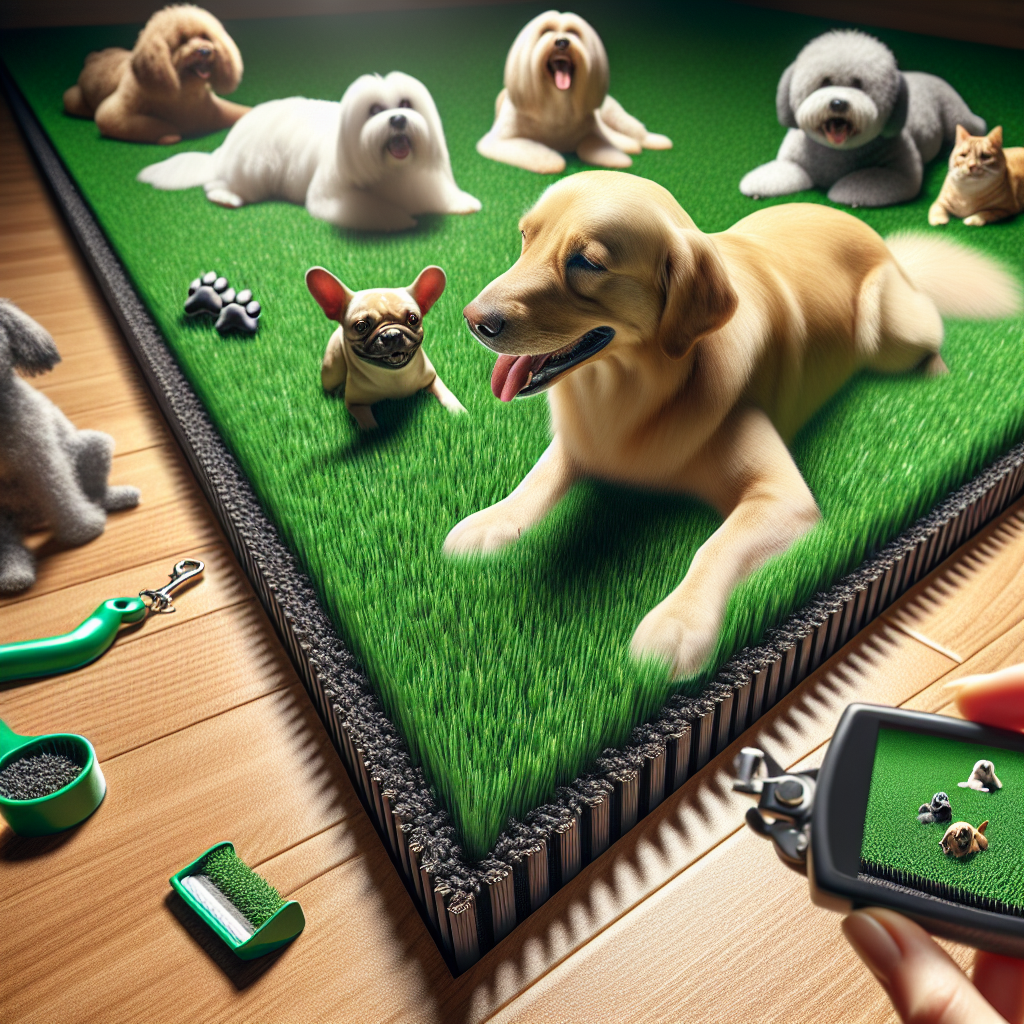
Every pet owner knows the joy that a furry friend brings into our lives. However, alongside the cuddles and playful moments come certain responsibilities, one of which is maintaining a clean yard. When it comes to artificial grass, dealing with runny dog poop can be particularly challenging. But fear not! With the right techniques and tools, you can keep your synthetic lawn looking as good as new.
Cleaning runny dog poop from artificial grass might seem daunting at first. Unlike natural grass, synthetic lawns require specific care to avoid damage while ensuring complete cleanliness. The texture and material of artificial grass mean that traditional cleaning methods might not be effective.
Your artificial grass is designed to withstand various weather conditions, but organic waste can still pose a problem if not addressed promptly. Understanding the makeup of your turf can help you tackle this issue more effectively.
Leaving dog poop on your artificial grass for too long can lead to unpleasant odors and potential health hazards. Immediate cleaning is crucial to maintain the aesthetic and sanitary condition of your yard.
Before you begin, gather the following tools:
Using rubber gloves, pick up any solid pieces of waste with a plastic bag or pooper scooper. For runny poop, use paper towels to blot as much as possible before rinsing.
With your hose and spray nozzle, rinse the affected area thoroughly. The water pressure will help break down remaining waste particles without damaging the grass blades.
Mix dish soap or a pet-safe cleaner with water and apply it to the soiled area. Use a brush or cloth to scrub gently, ensuring all residues are removed. For more comprehensive maintenance tips, check out our guide on maintaining your artificial lawn.
Rinse the area once more to remove any soap or cleaner residue. Make sure the water runs clear before proceeding to the next step.
Use paper towels to blot any excess water. Allow the area to air dry completely before letting your pets back onto the grass.
An ounce of prevention is worth a pound of cure. Implementing some simple preventive measures can save you time and effort in the long run.
Make it a habit to inspect your lawn regularly for any waste. The sooner you spot it, the easier it will be to clean.
If possible, train your dog to use a specific area of your yard for their business. This can make cleaning more manageable and protect the rest of your lawn.
For more specialized solutions, consider installing pet-friendly turf. It’s designed specifically to handle pet waste more efficiently.
No, using bleach or other harsh chemicals can damage the fibers of your artificial grass and may harm pets. Stick to mild dish soap or pet-safe cleaners.
Regularly inspect and clean your lawn at least once a week, especially if you have pets. More frequent cleaning might be necessary during rainy seasons when runny poop is more common.
Absolutely! Artificial grass is designed to be safe and durable for pets. For an optimized pet-friendly environment, consider investing in specialized pet turf.
Maintaining a pristine artificial lawn requires diligence and the right techniques. By understanding how to effectively clean runny dog poop and implementing preventive measures, you can ensure your yard remains a beautiful and hygienic space for both you and your furry friends.
If you need more detailed guidance on landscaping or are considering redesigning your backyard with artificial grass, explore our article on designing the perfect backyard.
Your lawn is more than just a patch of green; it’s a sanctuary for relaxation and play. Keep it clean, keep it beautiful!
To ensure you’re using the safest cleaning methods, refer to guidelines provided by reputable sources like the ASPCA. For additional tips on maintaining outdoor spaces, visit the EPA’s Green Acres Program.


